Cedar Trees for Privacy: A Complete Guide
Introduction
Cedar trees are a favored choice for homeowners and gardeners looking to create natural, green privacy screens. Known for their dense foliage, pleasant aroma, and year-round greenery, cedar trees provide an attractive and functional solution for creating secluded spaces. Whether you’re interested in enhancing your garden’s aesthetic or adding a privacy barrier, this guide explores everything you need to know about using cedar trees for privacy, including how to plant, care for, and maintain a cedar hedge.
What Are Cedar Trees?
Cedar trees are evergreen conifers that are well-loved for their thick, lush foliage and adaptability. Originating from various parts of the world, including North America and the Mediterranean, cedars belong to the family Pinaceae and are typically used for landscaping, privacy hedges, and windbreaks. They offer year-round coverage, making them an ideal choice for those looking to maintain privacy even in winter months when many plants go dormant.

Popular Types of Cedar Trees for Privacy
There are several types of cedar trees commonly used for privacy hedging:
- Eastern Red Cedar (Juniperus virginiana): A hardy option, this cedar grows well in various climates and is resistant to drought. It’s ideal for those looking for a low-maintenance option.
- Western Red Cedar (Thuja plicata): Known for its rapid growth rate and dense foliage, Western Red Cedar provides excellent coverage and can reach impressive heights, perfect for tall privacy screens.
- Deodar Cedar (Cedrus deodara): This cedar has a graceful, weeping habit and grows tall, often used for creating a dramatic privacy screen or focal point in large gardens.
- White Cedar (Thuja occidentalis): Often referred to as arborvitae, white cedar is popular for hedging due to its manageable size and attractive appearance.
Benefits of Using Cedar Trees for Privacy
Cedar trees offer several benefits beyond just privacy:
- Noise Reduction: The thick foliage of cedars acts as a sound barrier, reducing noise from roads or neighboring properties.
- Wind Protection: Tall cedar trees can provide protection from strong winds, making them ideal for exposed gardens or properties.
- Wildlife Habitat: Cedars attract birds and other small wildlife, creating a natural habitat that enhances biodiversity in your garden.
- Low Maintenance: Once established, cedars require minimal care and are generally resistant to pests, making them an easy choice for beginners and seasoned gardeners alike.
How to Plant a Cedar Hedge for Privacy
Planting a cedar hedge is a straightforward process, but it does require careful planning and preparation to ensure optimal growth and coverage. Here’s a step-by-step guide:
1. Choose the Right Location
Cedar trees thrive in areas with full to partial sun. For best results, choose a location with at least six hours of sunlight each day. If you’re unsure about light conditions, check out our article on what plants like direct sunlight for insights into maximizing sunlight in your garden.
2. Prepare the Soil
Cedars prefer well-draining soil that’s rich in organic matter. Before planting, loosen the soil and incorporate compost or a natural soil amendment like mushroom compost benefits, which can enhance soil quality and drainage.
3. Space Your Trees Properly
To create a dense hedge, space cedar trees 3-5 feet apart, depending on the variety and desired height. Proper spacing encourages growth while allowing each tree enough room to establish its roots.
4. Dig and Plant
Dig a hole about twice as wide as the root ball of the tree and deep enough to match the tree’s root depth. Place the cedar tree in the hole, fill it with soil, and gently tamp down to remove air pockets. After planting, water the trees thoroughly.
5. Mulch Around the Trees
Apply a 2-3 inch layer of mulch around the base of each tree. Mulching helps retain moisture, regulate soil temperature, and reduce weed growth, which is essential during the tree’s establishment phase.
How to Care for Cedar Trees
Cedar trees are relatively low-maintenance, but regular care can ensure they grow healthy and provide effective privacy for years to come. Here are a few key care tips:
- Watering: Cedars need consistent moisture, especially in the first few years after planting. Consider using a DIY plant watering bottle to keep young trees hydrated, especially during dry periods.
- Fertilizing: Although cedars don’t require frequent fertilization, an annual feeding in spring with a balanced fertilizer can support growth. Using organic fertilizers, like worm castings, can improve soil health and provide nutrients naturally.
- Pruning: To maintain a dense, uniform hedge, lightly trim cedar trees in late winter or early spring. Avoid cutting into old wood, as cedars don’t regrow from older branches. For further pruning insights, see when to prune blackberry bushes for similar pruning tips that apply to evergreen shrubs.
Preventing Pests and Diseases in Cedar Hedges
Although cedar trees are generally resilient, they can occasionally attract pests or develop diseases. Keeping your cedar hedge healthy is essential for long-lasting privacy. Here are common issues and how to address them:
- Bagworms: These pests can defoliate cedar trees if left unchecked. Regularly inspect trees and remove any visible bagworm cases by hand.
- Spider Mites: These tiny pests thrive in dry conditions. Ensure trees are well-watered, and consider misting foliage during hot weather to deter spider mites.
- Root Rot: Overwatering can lead to root rot, especially in poorly draining soil. Ensure the soil is well-drained, and water only as needed.
For more tips on managing garden pests, check out our article on common garden pests.
Cedar Trees vs. Other Privacy Plants
While cedar trees are popular for privacy, there are other plants to consider as well, each with unique benefits and growth habits:
- Boxwood: Boxwoods are a classic choice for privacy hedges, especially for low-growing, dense barriers. Their evergreen foliage provides year-round greenery and can be easily shaped, making them ideal for formal gardens or defined borders. However, they may lack the height that cedars provide, so they’re often better suited to lower privacy needs or as foundation plants near pathways and entryways.
- Bamboo: Bamboo is known for its rapid growth and ability to create a thick, tall screen. This plant provides excellent privacy in a short time, especially in warmer climates. However, certain types of bamboo can be invasive if not properly contained, spreading quickly and overtaking garden space. Planting bamboo in pots or using root barriers can help manage its spread while still offering a fast-growing privacy solution.
- Privet: Privet hedges are fast-growing, easy to shape, and adaptable to a range of soil conditions. Their dense foliage makes them ideal for creating a solid privacy screen. However, privet hedges may require frequent trimming to maintain their shape, as they can grow vigorously. This can be an advantage if you want a quickly established hedge, but may demand more upkeep than a cedar hedge.
- Ornamental Grasses: For a softer, less dense privacy screen, ornamental grasses such as Miscanthus or Pampas grass can be a beautiful alternative. These grasses provide gentle coverage that sways with the wind and offers a natural, textured look. While not as thick as cedar trees, ornamental grasses work well for partial privacy, especially when paired with flowering perennials.
For gardeners working with smaller spaces or indoor areas, indoor window plants are also an option to create a sense of privacy or a green barrier on balconies or near windows.
Seasonal Care Tips for Cedar Hedges
Taking care of cedar hedges throughout the seasons ensures they remain lush and healthy. Here’s how to care for cedars in different seasons:
Spring
In early spring, fertilize cedar trees to give them a nutrient boost as they start their growth phase. Inspect for any winter damage and prune as necessary to maintain shape.
Summer
During hot weather, keep the soil moist but avoid waterlogging. Mulching in summer can help retain moisture. If you notice signs of heat stress, like browning foliage, make sure they have adequate water and are shielded from harsh afternoon sun.
Fall
As fall approaches, avoid fertilizing since the trees are preparing to go dormant. Fall is also a good time to inspect for pests and trim back any overgrown branches.
Winter
In areas with cold winters, cedar trees are hardy, but young trees may benefit from wind protection. Applying an additional layer of mulch around the base can help insulate the roots from extreme cold.
How to Use Cedar Trees in Small Spaces

Gardeners with limited space can still use cedar trees to create privacy without overwhelming their garden. Compact cedar varieties, like dwarf or columnar cedars, work perfectly in smaller spaces and grow well in large containers. This versatility lets those with patios, balconies, or rooftop gardens enjoy the benefits of cedar trees without a large yard. You can also move container-grown cedars easily, giving you flexibility to rearrange your garden layout as seasons change or plants grow.
Consider pairing cedar trees in containers with smaller, complementary plants, like easy vegetables to grow in pots, for a lush and functional green space. Adding herbs or flowers around the base of your container-grown cedars can enhance their appearance and create a mini-ecosystem that attracts beneficial insects. This layered planting approach not only improves the aesthetic but also maximizes space efficiency, allowing even a small garden to feel abundant and private.
Conclusion
Cedar trees are a versatile and attractive option for creating a natural privacy screen in your garden. Whether you’re looking to block out noise, shield your yard from view, or add year-round greenery, cedars can provide effective, low-maintenance privacy. By selecting the right type, preparing the soil, and maintaining a regular care routine, you can enjoy a lush cedar hedge that enhances the beauty and tranquility of your outdoor space.
If you’re ready to start planning your privacy hedge, consider cedar trees as a lasting, beneficial solution that brings both function and aesthetic appeal. With a little attention and the right conditions, a cedar hedge can transform your garden into a serene and private sanctuary. For more on privacy plants and garden maintenance, explore our guide on what temperature will kill pansies to protect other garden plants in colder climates.


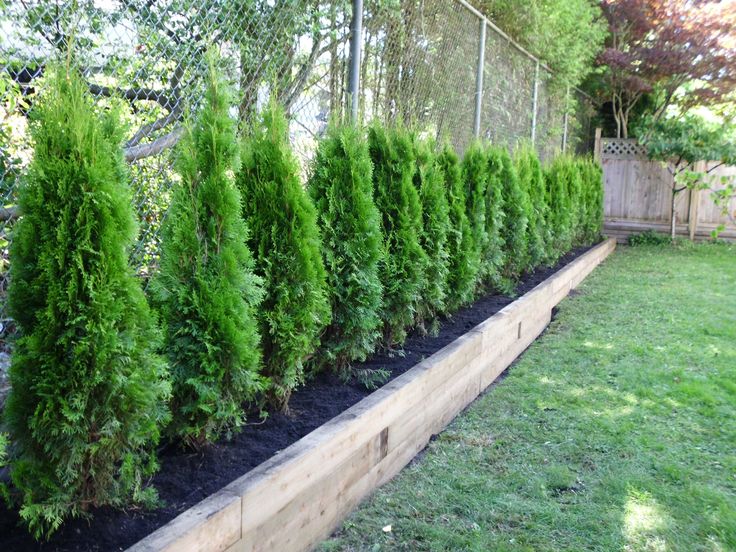
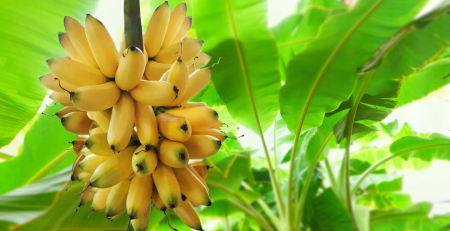

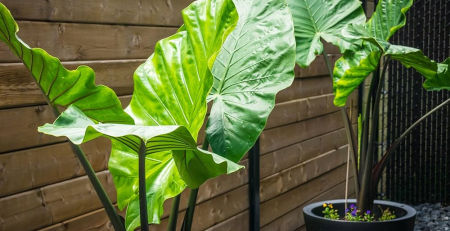
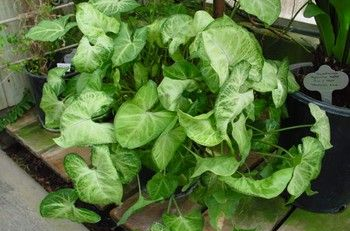
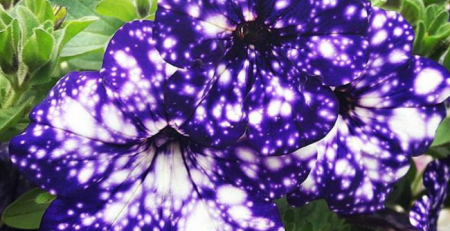
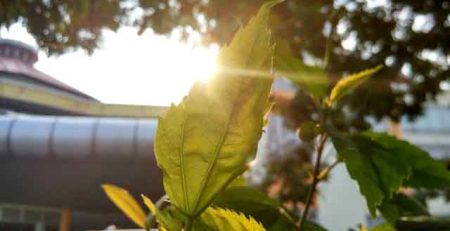
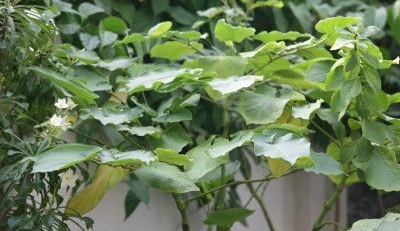
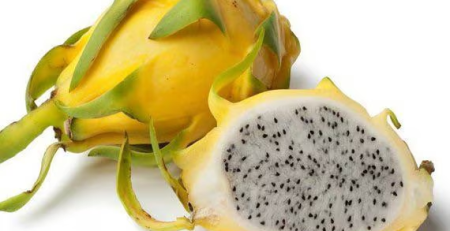

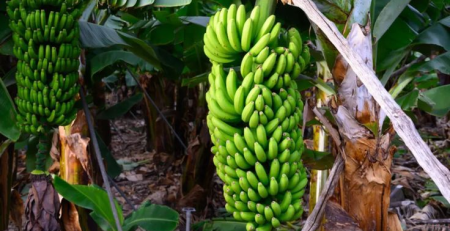
Leave a Reply